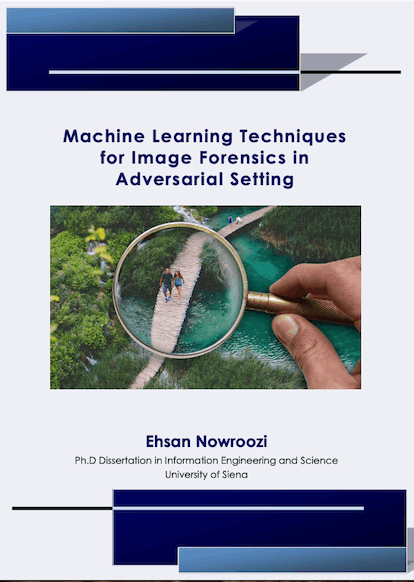

Visual Information Processing and Protection Group

The use of machine-learning for multimedia forensics is gaining more and more consensus, especially due to the amazing possibilities offered by modern machine learning techniques. By exploiting deep learning tools, new approaches have been proposed whose performance remarkably exceed those achieved by state-of-the- art methods based on standard machine-learning and model-based techniques. However, the inherent vulnerability and fragility of machine learning architectures pose new serious security threats, hindering the use of these tools in security-oriented applications, and, among them, multimedia forensics. The analysis of the security of machine learning-based techniques in the presence of an adversary attempting to impede the forensic analysis, and the development of new solutions capable to improve the security of such techniques is then of primary importance, and, recently, has marked the birth of a new discipline, named Adversarial Machine Learning.
By focusing on Image Forensics and image manipulation detection in particular, this thesis contributes to the above mission by developing novel techniques for enhancing the security of binary manipulation detectors based on machine learning in several adversarial scenarios. The validity of the proposed solutions has been assessed by considering several manipulation tasks, ranging from the detection of double compression and contrast adjustment, to the detection of geometric transformations and filtering operations.
No Code Website Builder